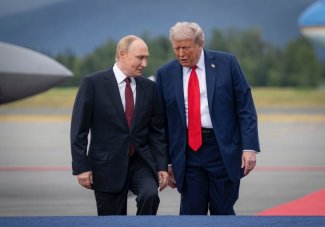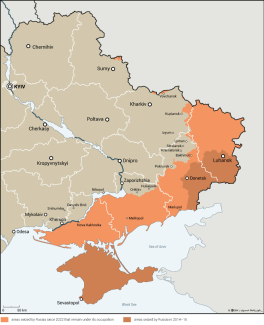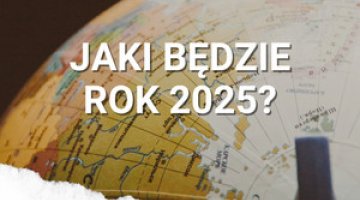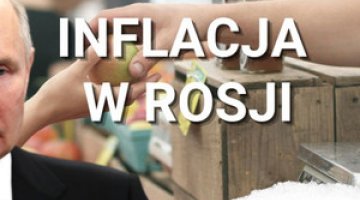Alaska summit: a victory for Putin, concessions from Trump

On 15 August, US President Donald Trump held talks with Vladimir Putin in Anchorage, Alaska, in an attempt to end Russia’s war against Ukraine. The meeting lasted nearly three hours; in addition to the two leaders, it included President Trump’s special envoy Steve Witkoff, Secretary of State Marco Rubio, Russian Foreign Minister Sergei Lavrov, and Putin’s adviser Yuri Ushakov. Following the meeting, the scheduled broader talks and working lunch were cancelled – Trump and Putin held only a joint press conference. Both sides described the talks as constructive, although they were unable to present any concrete agreements.
Putin reiterated his long-standing position that ending the war requires eliminating all the ‘root causes of the crisis’, addressing Russian concerns, and restoring a ‘just balance in the security sphere in Europe and globally’. This should be understood as meaning that the Kremlin remains committed to its goal of subjugating Ukraine and reshaping the post-Cold War order in Europe. The Russian leader also mentioned unspecified ‘agreements’ which, he claimed, could form the basis for resolving the ‘Ukrainian issue’ and restoring economic cooperation. He declared his willingness to work with the US on ensuring ‘Ukraine’s security.’
Immediately after the event, Trump initiated a one-hour phone call with President Volodymyr Zelensky, which was later joined by leaders of the so-called coalition of the willing from Europe. The Ukrainian leader endorsed the US proposal of a trilateral Ukraine–US–Russia meeting, while stressing that he would discuss all matters concerning the end of the war in his forthcoming conversation with the US president on 18 August.
From Russia’s perspective, the summit has yielded a number of significant gains. Regardless of the outcome of further negotiations, the mere fact that Putin was received in the United States and treated with full honours represents a major political and reputational victory for Moscow. It marks a breach in the policy of diplomatic isolation instituted by Western countries in response to Russia’s full-scale invasion of Ukraine. Putin’s visit has enhanced Russia’s standing among the countries of the Global South, complicating Western diplomatic efforts to persuade them to respond to Russia’s violations of international law in Ukraine. President Trump also abandoned his previous insistence on a ceasefire underpinned by the threat of new sanctions.
Commentary
- Trump’s decision to drop his demand for a ceasefire as the first step in the peace process represents a strategic success for Russia. The US leader had repeatedly insisted that the goal of the meeting was to secure an immediate ceasefire. However, following the talks, he accepted the Kremlin’s position that negotiations should aim at achieving a lasting settlement to end the war. As a result, the talks are now being conducted in parallel with ongoing hostilities, which benefits Russia, as it currently holds an advantage on the battlefield.
- The narrowing gap between Washington and Moscow increases the likelihood that Trump will shift the blame onto Ukraine for allegedly obstructing the peace process – an outcome Russia has long sought. The US president’s favourable stance towards Russia is further reflected in his stated reluctance to increase pressure on Moscow through additional sanctions. Secretary of State Marco Rubio has justified this by expressing concern that new restrictions could prompt Russia to withdraw from the talks.
- Putin’s declared willingness to ensure Ukraine’s security is merely a rhetorical gesture of ostensible goodwill. The Russian dictator’s remarks on this matter during the press appearance do not amount to his acceptance of Western security guarantees. Blocking any mechanism that would link Ukraine to the West in the security domain was one of the core objectives of Russia’s invasion. At most, the Kremlin may agree to superficial security assurances for Ukraine, similar to those discussed during talks in the spring of 2022. The draft agreement negotiated at that time included security guarantees for Ukraine from third countries, but Russia insisted that their activation should require its explicit consent – effectively demanding a veto.
- Trump’s decision to abandon pressure through sanctions and instead adopt a conciliatory, persuasion-based approach towards the Kremlin will not change Russia’s stance on the war. Putin’s remarks about the need to eliminate the conflict’s root causes confirm that Russia remains committed to its maximalist objectives in Ukraine, seeking to achieve them primarily through military means. The diplomatic path is employed to reduce the costs of the war, exploit Trump’s consistent reluctance to continue the conflict with Russia, and create the illusion that there is an alternative to halting Russian aggression other than through intensified sanctions and increased support for Ukraine. The false prospect of ending the war is intended to weaken European resolve to ramp up military assistance for Ukraine.
- The Anchorage summit has strengthened Putin’s position at home. Russia’s elite views the meeting with Trump as an event validating the current policy. It also reinforces the internal belief that Russia is on course to prevail both in its war against Ukraine and in its broader confrontation with the West. This is particularly important given the country’s mounting economic challenges, falling revenues from energy exports, and signs of discontent within the elite.
- Fearing it could antagonise Trump, the Ukrainian government has responded cautiously to the summit and its final statements. President Zelensky places great hopes on his talks with the US president scheduled for 18 August, anticipating support from European leaders who will participate in part of the meeting. Among the Ukrainian public, however, the honours afforded to Putin have provoked a wave of open outrage and criticism. This will likely harden the government’s position and provide it with a strong mandate to adopt an assertive stance in talks with the United States. There is a widespread belief in Ukraine that Trump will pressure the country to accept territorial concessions, including a withdrawal of its forces from roughly 30% of the Donetsk Oblast that it currently holds and has fortified, in exchange for vague and disproportionate ‘concessions’ from Russia. The Ukrainian government has firmly rejected such an outcome, as well as any formal recognition of Russia’s annexation of Crimea. By contrast, Trump’s promise that the US will be involved in providing security guarantees for Ukraine has been welcomed in Kyiv, though the absence of any details in this regard has drawn comparisons with the much-criticised 1994 Budapest Memorandum.
Map. Military situation in eastern Ukraine (as of 18 August 2025)

Source: Deep State, deepstatemap.live.





